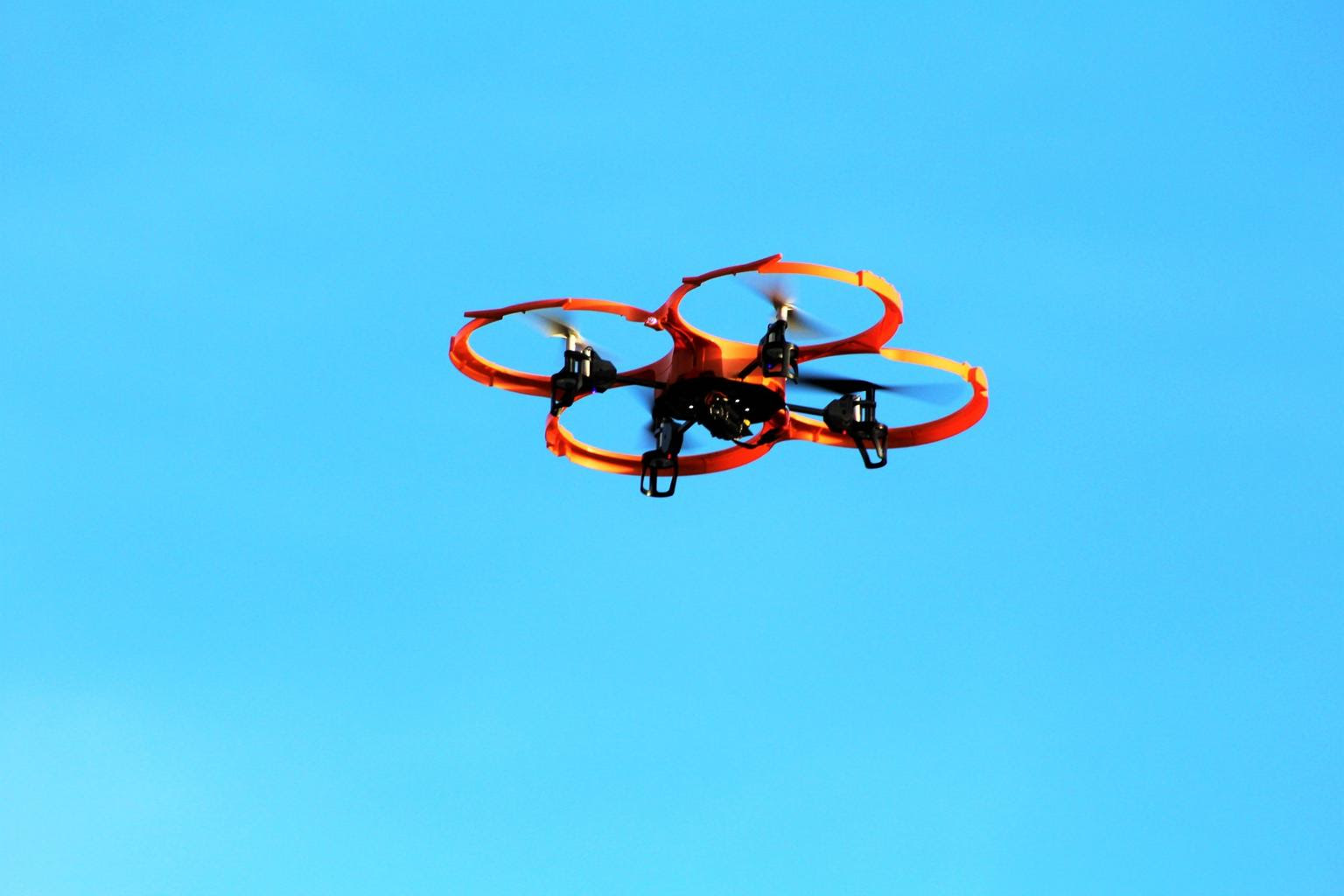Hawaii airline pilots report pair of mid-air near misses with drones

Two near misses with drones have rattled Hawaii airline pilots in recent weeks, and the Federal Aviation Administration confirms they’re concerned with the increased number of reported drone sightings nationwide.
In 2015, the number of reported sightings was about 1,200. That number grew to about 1,800 in 2016, then increased again to about 2,200 in 2017.
Just last week in Hawaii, there were two close encounters on the same day: Mokulele Airlines pilots filed reports with the FAA after two near misses with a drone during their approach into the Daniel K. Inouye International Airport.
The pilots say they were flying at around 2,000 feet when a drone passed over their aircraft, within 200 to 400 feet.
“I think the users are trying to get some up close and personal pictures of the airplanes from their drones, and what they really don’t realize is this is not a game. This is putting people’s lives at risk,” said Stephen Fredrick, a Mokulele Airlines captain and the company’s director of safety.
The two incidents took place over Punchbowl and the freeway near the University of Hawaii at Manoa, while the planes were traveling at approximately 300 feet per second – much too fast, Frederick says, to spot something and avoid a collision.
“The bottom line is that whether you are a model aircraft pilot or a Part 107 drone pilot, you have to operate safely and not fly in a way that poses a danger to manned aircraft,” said Ian Gregor, an FAA spokesperson. “It’s imperative that all drone operators must get authorization to fly in controlled airspace.”
Pilots are afraid viral videos, like a recent one that captured a drone flying within feet of an airplane landing at McCarran International Airport in Las Vegas, are promoting bad behavior.
“This might be a growing trend, and it’s something that we’re very concerned about because a drone hitting an airplane that’s moving at 180 miles an hour can do an awful lot of damage,” said Frederick. “It can come through the windscreen, it can impact the leading edge or the tail and do some significant damage and cause some significant problems for the pilot.”
FAA officials say they believe most drone operators want to fly safely, but have little to no prior aviation experience and may not be aware of what they can and cannot do. That’s why they’ve launched an education initiative with a free app called: “B4UFly”.
The program shows drone users whether it’s safe to fly in their current or planned location and explains that they need to contact air traffic control before flying in controlled airspace.
“Drone operators have to understand that as soon as they start flying outside, they are pilots with the responsibility to operate safely, just like pilots of manned aircraft,” said Gregor.
There are serious consequences if federal officials believe a drone operator is purposefully flying unsafe. For individuals, it’s a fine of up to $1,400 or for businesses that’s more than $32,000 per violation. However, federal criminal penalties could also include fines of up to $250,000 and three years in prison.
As for the reported collision between a drone and a tour helicopter on Kaua’i earlier this year, FAA officials say that while they do believe the pilot’s account, they say they have not been able to find any conclusive evidence that it was a drone strike. www.hawaiinewsnow.com
